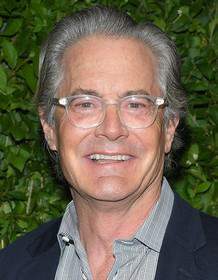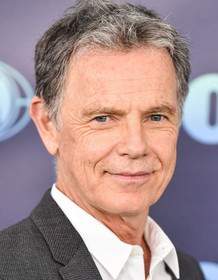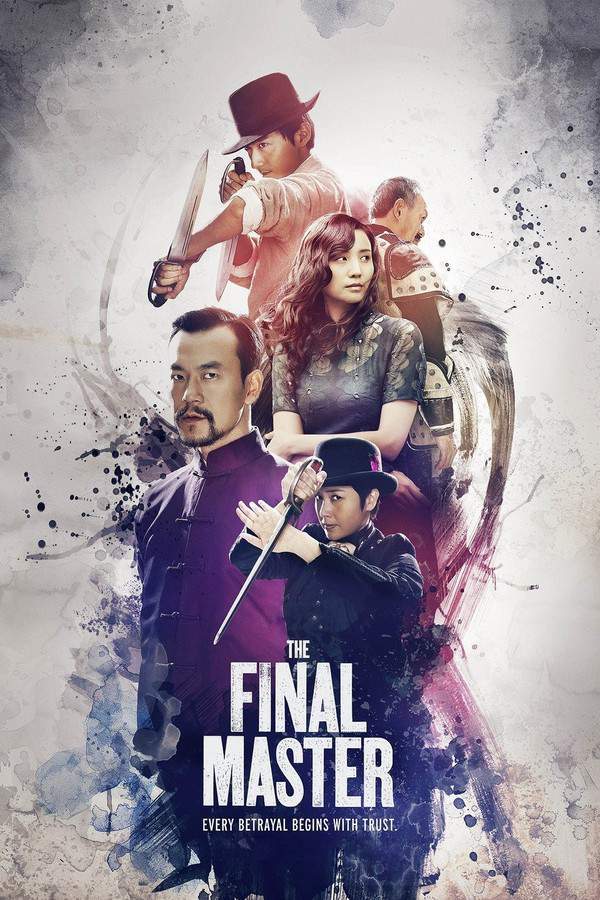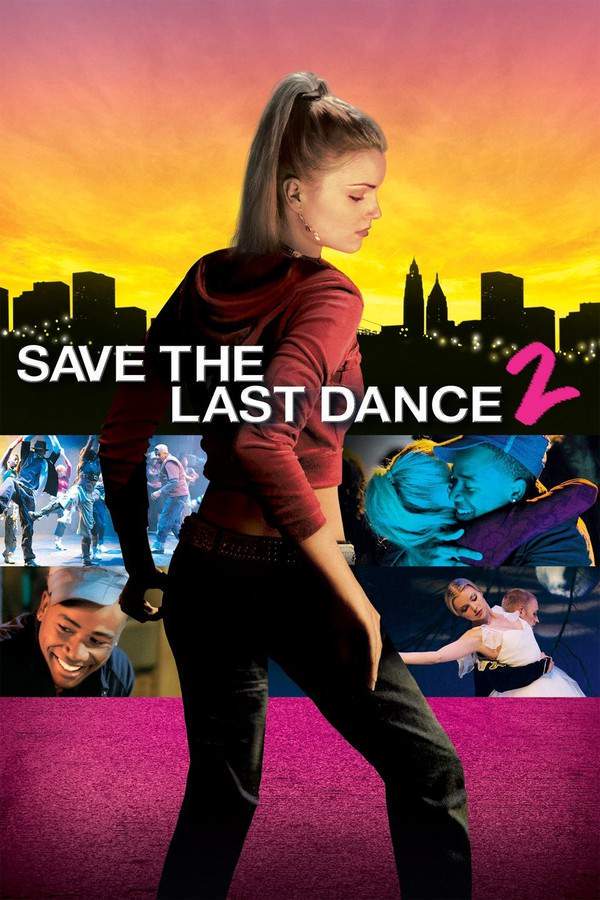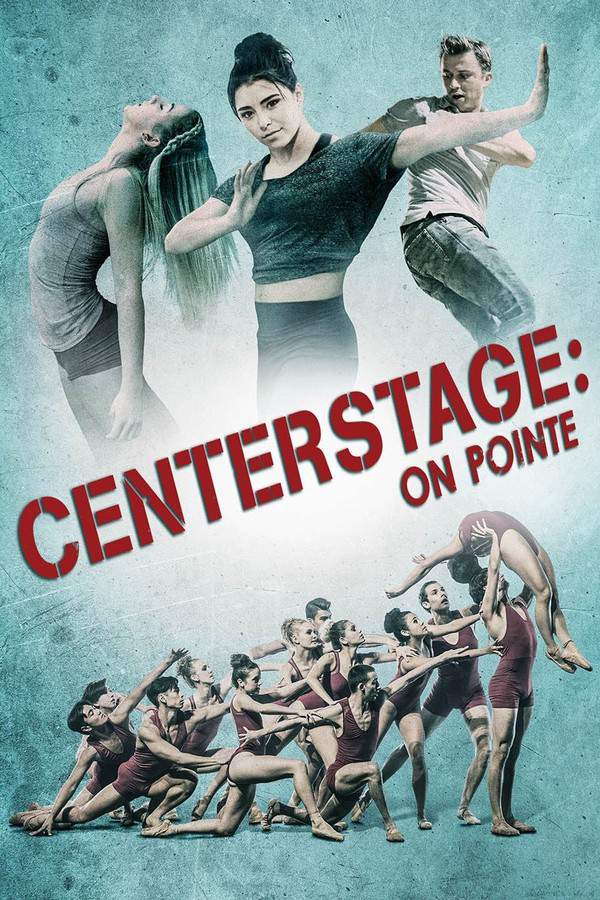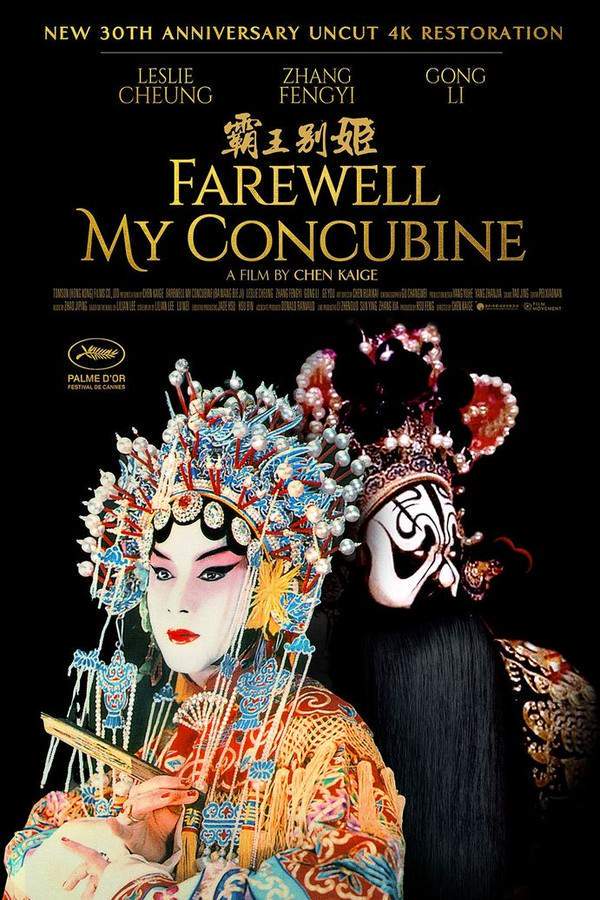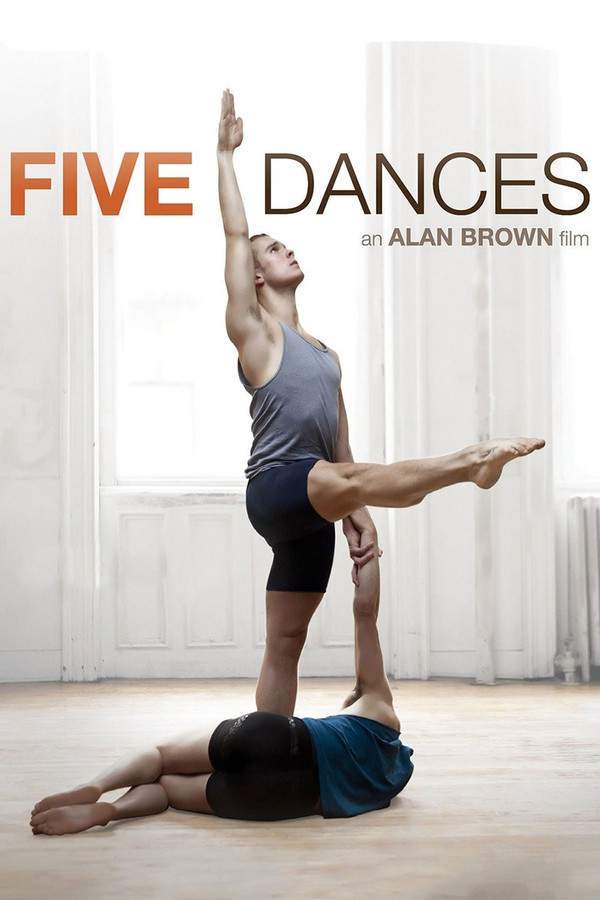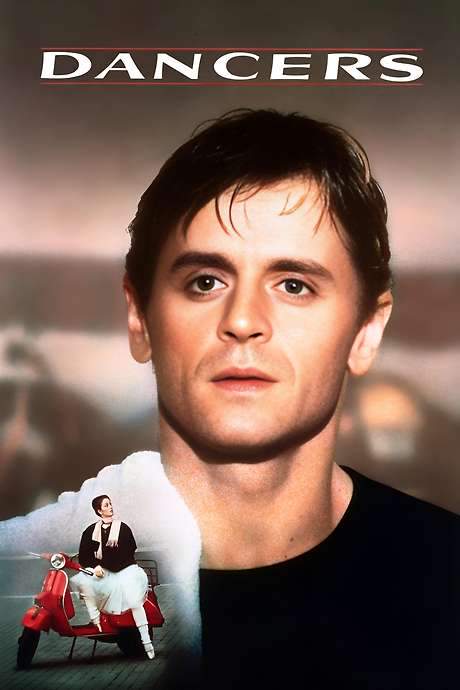Mao's Last Dancer 2010
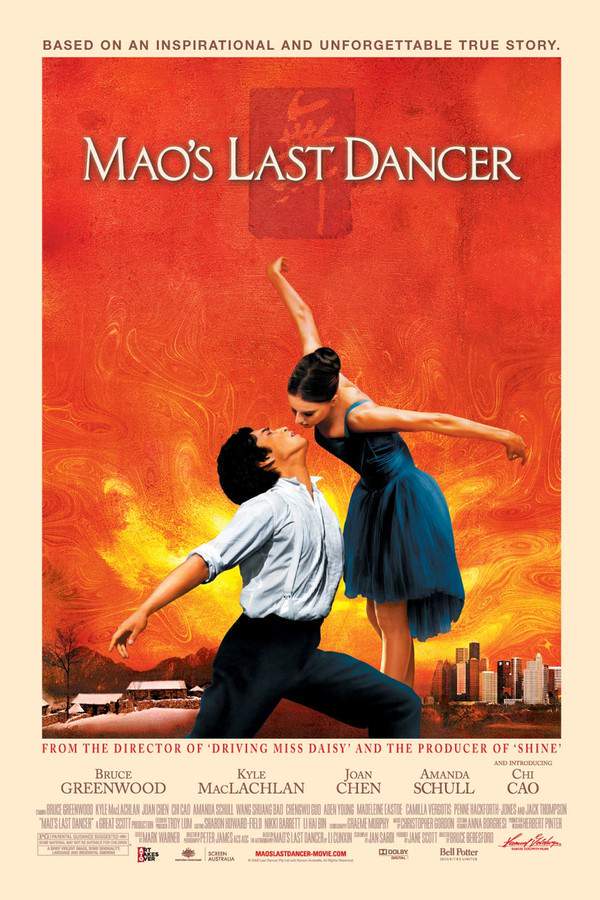
A young boy's remarkable journey forms the heart of this drama, inspired by the true story of Li Cunxin. He is taken from his rural Chinese upbringing and enters the demanding training of Beijing’s elite ballet academy. As he develops his talent, love and the art of dance lead him to Texas, where he faces a difficult choice between honoring his cultural heritage and pursuing his own happiness.
Does Mao's Last Dancer have end credit scenes?
No!
Mao's Last Dancer does not have end credit scenes. You can leave when the credits roll.
Meet the Full Cast and Actors of Mao's Last Dancer
Explore the complete cast of Mao's Last Dancer, including both lead and supporting actors. Learn who plays each character, discover their past roles and achievements, and find out what makes this ensemble cast stand out in the world of film and television.
External Links and Streaming Options
Discover where to watch Mao's Last Dancer online, including streaming platforms, rental options, and official sources. Compare reviews, ratings, and in-depth movie information across sites like IMDb, TMDb, Wikipedia or Rotten Tomatoes.
Ratings and Reviews for Mao's Last Dancer
See how Mao's Last Dancer is rated across major platforms like IMDb, Metacritic, and TMDb. Compare audience scores and critic reviews to understand where Mao's Last Dancer stands among top-rated movies in its genre.

55
Metascore
5.6
User Score


55%
TOMATOMETER

76%
User Score

66
%
User Score
Take the Ultimate Mao's Last Dancer Movie Quiz
Challenge your knowledge of Mao's Last Dancer with this fun and interactive movie quiz. Test yourself on key plot points, iconic characters, hidden details, and memorable moments to see how well you really know the film.
Journey of Li Cunxin in Mao's Last Dancer: Test your knowledge about the inspiring journey of Li Cunxin as depicted in Mao's Last Dancer.
What age was Li Cunxin when he was taken from his rural home?
9
10
11
12
Show hint
Awards & Nominations for Mao's Last Dancer
Discover all the awards and nominations received by Mao's Last Dancer, from Oscars to film festival honors. Learn how Mao's Last Dancer and its cast and crew have been recognized by critics and the industry alike.
2009 Toronto International Film Festival Awards 2009
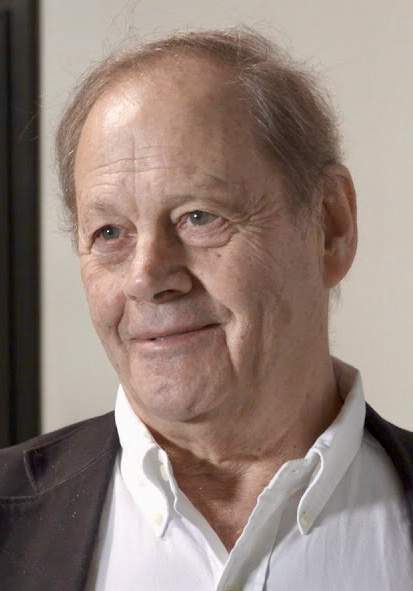
Full Plot Summary and Ending Explained for Mao's Last Dancer
Read the complete plot summary of Mao's Last Dancer, including all major events, twists, and the full ending explained in detail. Explore key characters, themes, hidden meanings, and everything you need to understand the story from beginning to end.
In the rural Shandong Province, an 11-year-old boy named Li Cunxin finds himself trapped in a monotonous existence during Mao’s Cultural Revolution. The turning point in Li’s life occurs when government officials arrive at his school, propelling him into a remarkable journey. Unexpectedly selected, he is removed from his ordinary surroundings and enters the prestigious Madame Mao’s Dance Academy in Beijing. Initially daunted by the demanding ballet regimen, Li receives invaluable guidance from Chan, a Russian classical ballet enthusiast whose expertise starkly contrasts the ideologically influenced physical performances of the Politburo. Under Chan’s nurturing mentorship, Li’s innate talent flourishes, and he begins to understand the intricacies of ballet.
During a cultural exchange to China, American ballet director Ben Stevenson discovers Li’s remarkable skills and extends an invitation for him to join the Houston Ballet as an exchange student for three transformative months. This opportunity thrusts Li into a conflict with his Communist Party upbringing, leading him to reevaluate the rigid ideologies that have shaped his life. His burgeoning romance with aspiring American dancer Elizabeth Mackey intensifies his longing to stay in the United States.
Despite his aspirations, the Chinese government remains steadfast in its refusal to allow Li to extend his stay. In a daring move, Li marries Mackey, believing that this union will afford him some security from governmental pressure. However, when Li seeks legal advice at the Chinese Consulate in Houston, he is abruptly detained by a diplomat eager to ensure his return to China.
Amid the unfolding international drama, high-ranking government officials from both nations become embroiled in Li’s plight. His unwavering resistance to repatriation eventually leads the Chinese government to release him, but at an immense personal cost: he is stripped of his citizenship, condemned never to return to the land of his birth. As his departure date approaches, Li is faced with a poignant dilemma when Stevenson persuades him to remain and join his prestigious ballet company, a decision that heavily impacts Elizabeth’s dreams and increases the burden of secrets regarding his family back in China. The strain of these choices causes fissures in Li’s marital relationship, leading to a gradual unraveling of his union with Mackey.
Years slip by, and despite Li’s success on stage, his private life is fraught with challenges. Hope finally emerges when the Chinese authorities permit his parents to visit him in the U.S., culminating in a long-awaited reunion where they witness Li’s triumphant performance of The Rite of Spring. This emotional encounter also marks a pivotal moment in Li’s life as he is later granted permission to return to China and reconnect with his family.
Li ventures into a new chapter alongside Mary McKendry, an Australian ballerina, as they journey back to the village that shaped his beginnings. A touching reunion with Chan stirs a mixture of joy and nostalgia, highlighting the missed opportunities to share his artistic journey with his former mentor. In a heartwarming tribute to community and creativity, Li and McKendry perform an impromptu outdoor ballet, earning an enthusiastic reception from the local audience.
As we reflect upon this extraordinary chapter in Li Cunxin’s life, we are inspired by his achievements. By dancing with the Houston Ballet in 1995, he shared his art with an audience of over 500 million people worldwide. Now, Li and Mary McKendry reside in Australia with their three children, while Ben Stevenson continues his legacy as the Artistic Director of the Texas Ballet Theater. Charles C. Foster remains a notable figure in Houston’s legal circles, recognized globally for his expertise in Immigration Law. Meanwhile, Elizabeth Mackey has embraced a new vocation as a speech therapist, focusing on children and drawing from her inspirational journey as a dancer.
Uncover the Details: Timeline, Characters, Themes, and Beyond!

Coming soon on iOS and Android
The Plot Explained Mobile App
From blockbusters to hidden gems — dive into movie stories anytime, anywhere. Save your favorites, discover plots faster, and never miss a twist again.
Sign up to be the first to know when we launch. Your email stays private — always.
Watch Trailers, Clips & Behind-the-Scenes for Mao's Last Dancer
Watch official trailers, exclusive clips, cast interviews, and behind-the-scenes footage from Mao's Last Dancer. Dive deeper into the making of the film, its standout moments, and key production insights.
Mao's Last Dancer Themes and Keywords
Discover the central themes, ideas, and keywords that define the movie’s story, tone, and message. Analyze the film’s deeper meanings, genre influences, and recurring concepts.

Unlock the World of Movies with Our Comprehensive Wiki
Dive into our Movie Wiki for in-depth film encyclopedia entries, including cast biographies, production trivia, plot synopses, behind-the-scenes facts, and thematic analyses. Whether you’re researching iconic directors, exploring genre histories, or discovering hidden easter eggs, our expertly curated movie database has everything you need to fuel your cinematic passion.

Similar Movies To Mao's Last Dancer You Should Know About
Browse a curated list of movies similar in genre, tone, characters, or story structure. Discover new titles like the one you're watching, perfect for fans of related plots, vibes, or cinematic styles.
Quick Links: Summary, Cast, Ratings, More

What's After the Movie?
Not sure whether to stay after the credits? Find out!
Explore Our Movie Platform
New Movie Releases (2026)
Famous Movie Actors
Top Film Production Studios
Movie Plot Summaries & Endings
Major Movie Awards & Winners
Best Concert Films & Music Documentaries
Movie Collections and Curated Lists
© 2026 What's After the Movie. All rights reserved.



